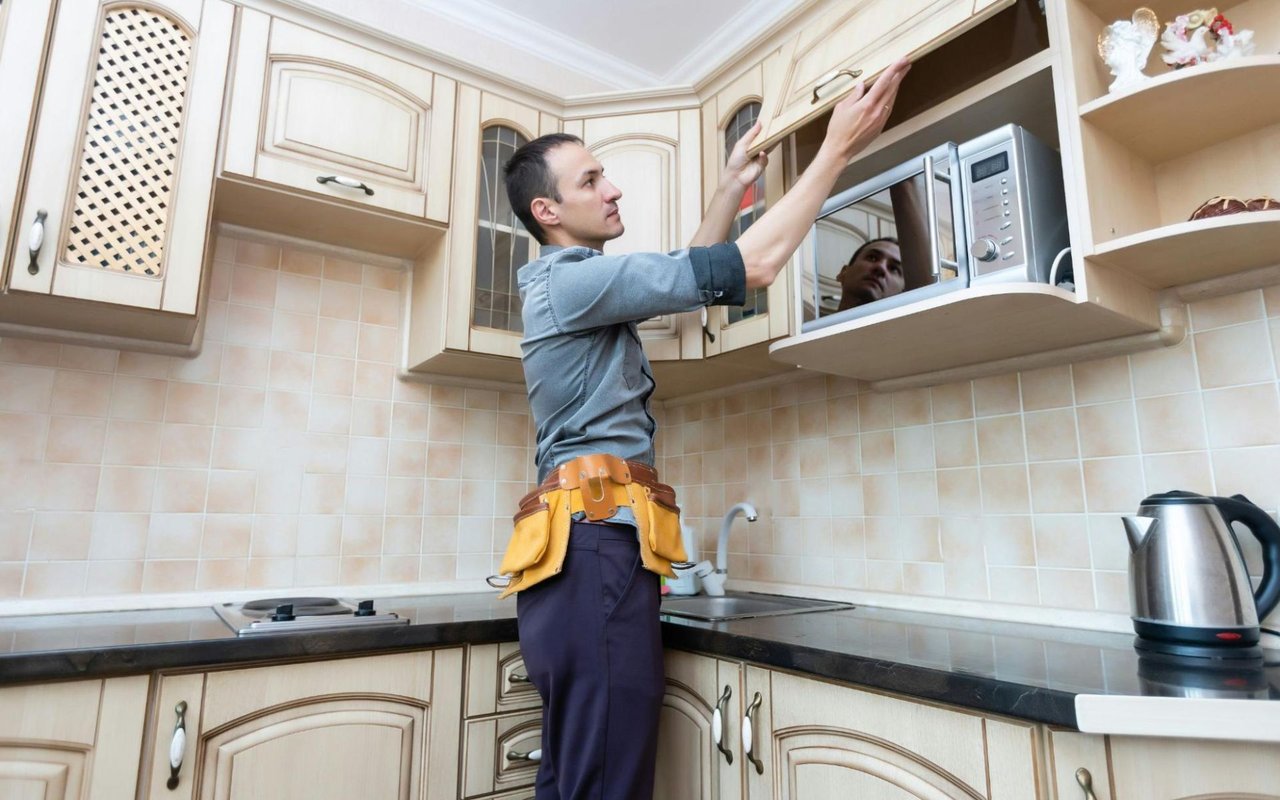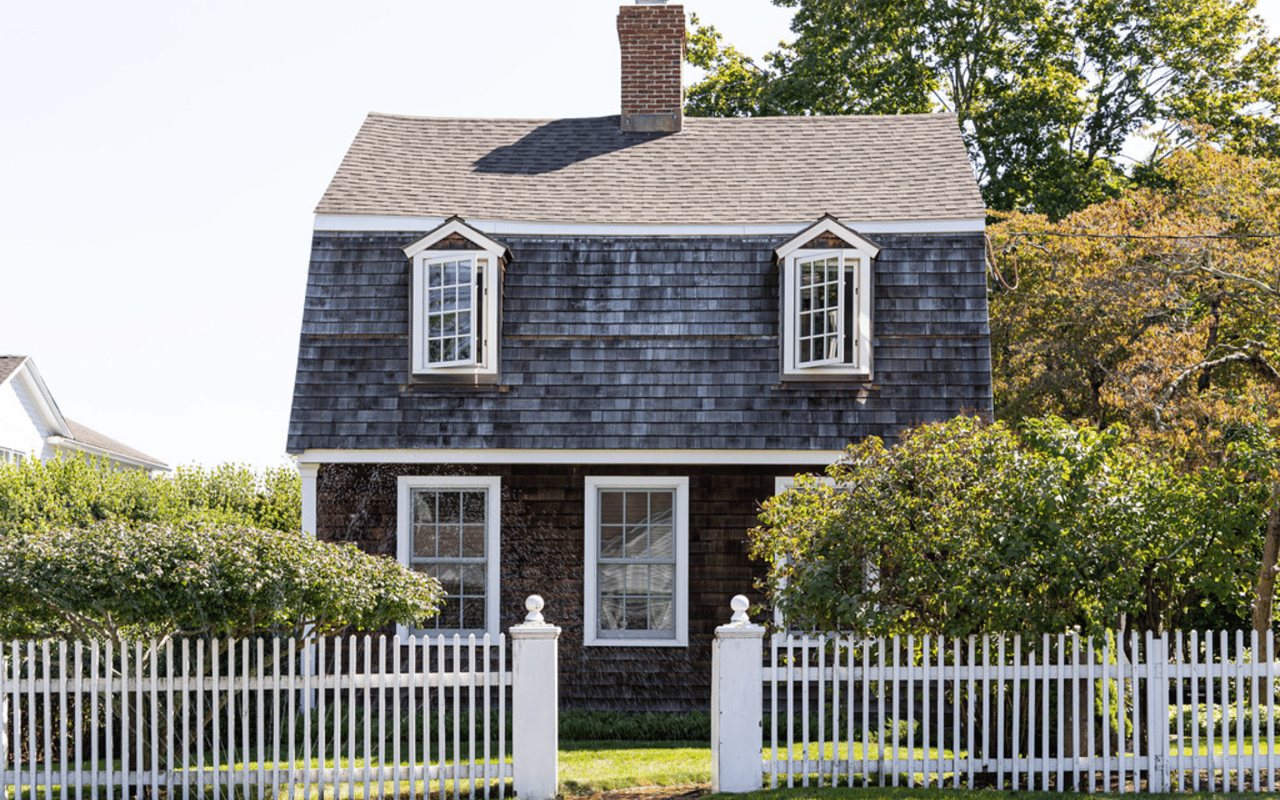In today's world, energy efficiency isn't just about reducing utility bills — it's also about creating a more sustainable environment and enhancing your home's overall comfort. Whether you're motivated by environmental concerns, financial savings, or both, making your Southeastern Connecticut home more energy-efficient can yield many benefits.
Fortunately, achieving these improvements doesn’t always require a major investment. There are numerous cost-effective methods that can lead to noticeable reductions in energy consumption. Read on to explore several practical and affordable ways to enhance your home’s energy efficiency, helping you save money while contributing to a greener planet.
Understand and Address Your Home’s Energy Consumption
Before embarking on energy efficiency upgrades, it's important to understand where and how your Southeastern Connecticut home is consuming energy. Conducting a home energy audit is an excellent first step. Many utility companies offer free or low-cost energy audits, which can identify areas of improvement. This audit will typically evaluate your home’s insulation, windows, doors, heating and cooling systems, and other factors that influence energy usage. By pinpointing specific problem areas, you can prioritize your efforts and make focused improvements.
Once you’ve identified the major sources of energy loss, you can begin implementing solutions. Common issues include outdated insulation, drafty windows and doors, and inefficient heating or cooling systems. Addressing these areas can lead to notable improvements in your home’s energy efficiency.
Once you’ve identified the major sources of energy loss, you can begin implementing solutions. Common issues include outdated insulation, drafty windows and doors, and inefficient heating or cooling systems. Addressing these areas can lead to notable improvements in your home’s energy efficiency.
Proper Insulation
Enhancing insulation and reducing drafts are among the most cost-effective ways to improve your home's energy efficiency. Proper insulation helps to maintain a consistent indoor temperature, reducing the workload on your heating and cooling systems.
Inexpensive solutions like weatherstripping can be applied to doors and windows to prevent drafts. Additionally, using draft stoppers or insulating curtains can help minimize heat loss. Many hardware stores offer DIY insulation kits, or you can hire a professional if you prefer. Fiberglass batts, spray foam, and blown-in cellulose are all effective options that can be installed with relative ease.
Inexpensive solutions like weatherstripping can be applied to doors and windows to prevent drafts. Additionally, using draft stoppers or insulating curtains can help minimize heat loss. Many hardware stores offer DIY insulation kits, or you can hire a professional if you prefer. Fiberglass batts, spray foam, and blown-in cellulose are all effective options that can be installed with relative ease.
Lighting and Appliances
Switching to energy-efficient lighting is another straightforward and cost-effective upgrade. LED bulbs are a popular choice due to their longer lifespan and low energy consumption compared to traditional incandescent bulbs. By replacing all the bulbs in your Southeastern Connecticut home with LEDs, you can reduce lighting costs significantly.
Upgrading your appliances to energy-efficient models is also worth considering. Look for appliances with the ENERGY STAR® label, which indicates that they meet specific energy efficiency criteria set by the U.S. Environmental Protection Agency. Although these appliances may have a higher upfront purchase cost, their energy-saving features can lead to substantial savings over time. For instance, ENERGY STAR® dishwashers and refrigerators use less energy and water, contributing to lower utility bills and reduced environmental impact.
Upgrading your appliances to energy-efficient models is also worth considering. Look for appliances with the ENERGY STAR® label, which indicates that they meet specific energy efficiency criteria set by the U.S. Environmental Protection Agency. Although these appliances may have a higher upfront purchase cost, their energy-saving features can lead to substantial savings over time. For instance, ENERGY STAR® dishwashers and refrigerators use less energy and water, contributing to lower utility bills and reduced environmental impact.
Optimize Your Heating and Cooling Systems
Heating and cooling systems are major contributors to energy consumption, so optimizing their performance is crucial for improving the energy efficiency in your Southeastern Connecticut home. Start by regularly maintaining your HVAC system, including changing the filters and scheduling annual check-ups. A well-maintained system operates more efficiently and has a longer lifespan.
Consider programmable thermostats or smart thermostats to more closely control your home’s temperature. These devices allow you to set schedules for heating and cooling based on your daily routines, reducing energy use when you’re not present. This ensures comfort while minimizing unnecessary energy expenditure.
Consider programmable thermostats or smart thermostats to more closely control your home’s temperature. These devices allow you to set schedules for heating and cooling based on your daily routines, reducing energy use when you’re not present. This ensures comfort while minimizing unnecessary energy expenditure.
Seal and Insulate Your Home’s Ductwork
Leaky ducts can lead to significant energy loss, as heated or cooled air escapes before it reaches its intended destination. Sealing and insulating your home’s ductwork is a relatively inexpensive way to enhance energy efficiency. Use mastic sealant or foil tape to seal any visible leaks in the ducts. Additionally, insulating ductwork can prevent heat loss and improve system efficiency.
Properly sealed and insulated ducts ensure that the air being heated or cooled is delivered efficiently throughout your home. This enhances comfort and reduces the strain on your HVAC system, leading to lower energy bills and extended equipment life.
Properly sealed and insulated ducts ensure that the air being heated or cooled is delivered efficiently throughout your home. This enhances comfort and reduces the strain on your HVAC system, leading to lower energy bills and extended equipment life.
Reduce Water Heating Costs
Water heating is a major energy expense for many households, but there are several ways to reduce these costs. First, consider lowering the temperature of your water heater. Most water heaters are set to 140 degrees Fahrenheit by default, but reducing the temperature to 120 degrees can still provide adequate hot water while reducing energy consumption.
Another option is to insulate your water heater and hot water pipes. Insulating blankets and pipe wraps are inexpensive and can help retain heat, reducing the amount of energy needed. Additionally, if your water heater is more than ten years old, it might be worth investing in a more energy-efficient model.
Another option is to insulate your water heater and hot water pipes. Insulating blankets and pipe wraps are inexpensive and can help retain heat, reducing the amount of energy needed. Additionally, if your water heater is more than ten years old, it might be worth investing in a more energy-efficient model.
Use Window Treatments to Control Temperature
Windows play a crucial role in your home’s energy efficiency. Single-pane windows can be a considerable source of heat loss, so upgrade to double- or triple-pane windows if your budget allows. However, there are more affordable solutions as well. Using window treatments, such as blinds, shades, or thermal curtains, can help regulate indoor temperatures by blocking out excessive heat in the summer and retaining warmth during the winter. Reflective window films are another cost-effective option that can reduce heat gain and glare from the sun. These films are easy to apply and can be a worthwhile investment for improving your home’s energy efficiency.
By focusing on these cost-effective solutions, you can make a difference in your home’s energy consumption. Implementing these changes not only helps to reduce utility bills but also contributes to a more sustainable future. Get started in Connecticut Shoreline real estate with Tammy Tinnerello today.
By focusing on these cost-effective solutions, you can make a difference in your home’s energy consumption. Implementing these changes not only helps to reduce utility bills but also contributes to a more sustainable future. Get started in Connecticut Shoreline real estate with Tammy Tinnerello today.




